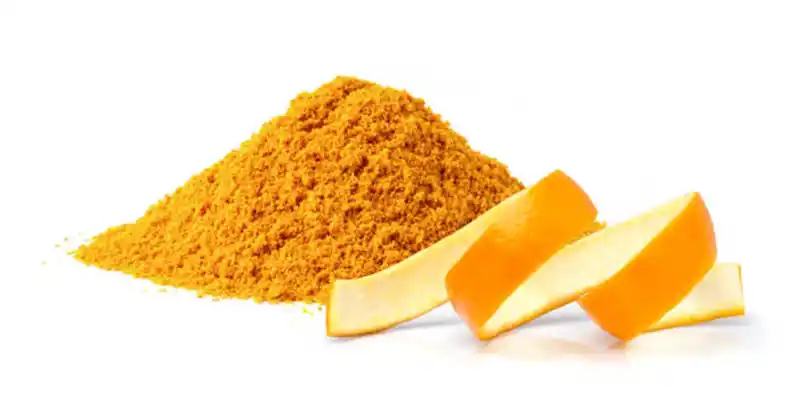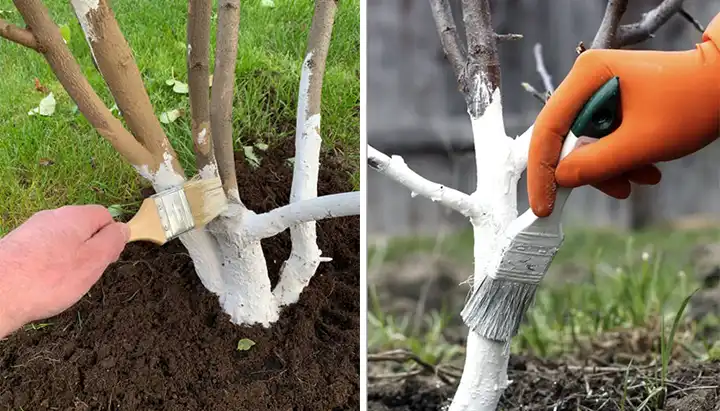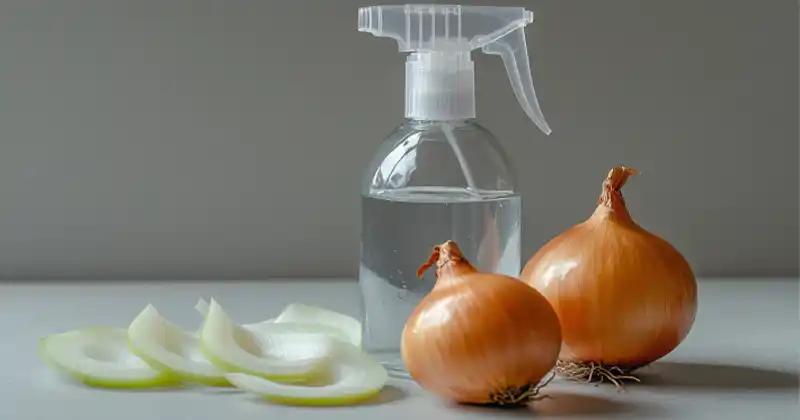DIY Apple Cider Vinegar: How to Make It from Apple Peels at Home
Apple cider vinegar (ACV) is a versatile and health-boosting ingredient commonly used in cooking, cleaning, skincare, and as a natural remedy for various ailments. While store-bought ACV is widely available, making your own at home from apple peels is a rewarding, eco-friendly way to maximize the benefits of every apple. This comprehensive guide will walk you through the process of creating your own apple cider vinegar from apple peels, ensuring that you have a high-quality product perfect for multiple uses.
Why Make Apple Cider Vinegar at Home?
Zero Waste: Utilizing apple peels to make ACV is an excellent way to practice sustainability by reducing waste. Instead of discarding peels after making pies, sauces, or snacks, you can transform them into a valuable household staple.
Cost-Effective: Homemade apple cider vinegar is far more economical than store-bought versions. Plus, you can produce it in larger quantities, making it a great way to save money while enjoying the benefits of fresh ACV.
Customizable Flavor: When you make your own ACV, you control the flavor. Experiment with different apple varieties and add ingredients like honey or spices to customize the taste.
Health Benefits: Apple cider vinegar is rich in acetic acid, which has been linked to various health benefits, including improved digestion, blood sugar regulation, and weight management.

What You’ll Need
To make apple cider vinegar from apple peels, gather the following basic ingredients and supplies:
- Apple Peels: The peels from about 6-8 apples. Including the apple cores can enhance the flavor and nutrient content.
- Sugar: 1-2 tablespoons of sugar (white, brown, or honey) to feed the fermentation process.
- Water: Enough filtered water to cover the apple peels.
- Large Jar or Container: A clean, wide-mouth glass jar or container for fermenting the vinegar.
- Cheesecloth or Coffee Filter: To cover the jar and allow airflow while keeping out dust and insects.
- Rubber Band or String: To secure the cheesecloth or coffee filter to the jar.
- Wooden Spoon: For stirring the mixture.
Step-by-Step Guide to Making Apple Cider Vinegar from Apple Peels
Prepare the Apple Peels:
- Collect the peels and cores from 6-8 apples. For the best results, use organic apples to avoid pesticide residues. If using non-organic apples, wash them thoroughly before peeling.
- Place the peels and cores into a clean, large glass jar or container.
Add Sugar and Water:
- Add 1-2 tablespoons of sugar to the jar. Sugar is essential as it feeds the bacteria that will ferment the apple peels into vinegar.
- Pour enough filtered water into the jar to completely cover the apple peels. Leave a few inches of space at the top to allow for expansion during fermentation.
Stir and Cover:
- Stir the mixture with a wooden spoon to dissolve the sugar and distribute it evenly among the apple peels.
- Cover the jar with a piece of cheesecloth or a coffee filter, and secure it with a rubber band or string. This allows air to circulate while keeping out any unwanted contaminants.

Fermentation Process:
- Place the jar in a warm, dark place, such as a cupboard or pantry. The ideal temperature for fermentation is around 60-80°F (16-27°C).
- Stir the mixture once a day to ensure that the apple peels remain submerged and to promote even fermentation, which helps prevent mold from forming on the surface.
Initial Fermentation (1-2 Weeks):
- After about a week, a slight tangy smell should develop as the mixture begins to ferment. The liquid will turn cloudy as the bacteria convert the sugars into alcohol (the cider stage).
- Continue stirring daily and leave the mixture to ferment for another 1-2 weeks.
Strain the Liquid:
- Once the initial fermentation is complete, strain out the apple peels and cores using a fine mesh strainer or cheesecloth. Discard the solids or add them to your compost pile.
- Transfer the liquid back into the jar for the second stage of fermentation.
Secondary Fermentation (3-4 Weeks):
- Cover the jar with the cheesecloth or coffee filter again and let the liquid sit for another 3-4 weeks. During this time, the alcohol will be further fermented into acetic acid, creating vinegar.
- Stir the liquid every few days and taste it periodically to check its progress. The longer you let it ferment, the stronger the vinegar will become.
Bottling the Vinegar:
- When the vinegar has reached your desired level of acidity, it’s ready to be bottled. Pour the vinegar into clean glass bottles using a funnel.
- You can leave the “mother” (the cloudy substance formed during fermentation) in the vinegar or strain it out, depending on your preference.
- Seal the bottles with a tight-fitting lid and store them in a cool, dark place. Homemade apple cider vinegar can last for several months or even longer when stored properly.
Tips for Success
- Use Filtered Water: Chlorinated tap water can inhibit the fermentation process, so it’s best to use filtered or distilled water.
- Prevent Mold: Make sure the apple peels stay submerged under the liquid to prevent mold growth. If mold appears, skim it off immediately and ensure the rest of the liquid is still good.
- Experiment with Flavors: Customize your vinegar by adding spices, herbs, or even a small piece of fruit during fermentation. Popular choices include cinnamon, cloves, and ginger.
- Patience is Key: The longer you allow the vinegar to ferment, the stronger and more flavorful it will be. Don’t rush the process; give the vinegar time to develop its full potential.
Uses for Homemade Apple Cider Vinegar
- Culinary Uses: Incorporate your homemade apple cider vinegar into salad dressings, marinades, sauces, and pickling recipes. It adds a tangy flavor that enhances a wide range of dishes.
- Cleaning: Apple cider vinegar is a natural disinfectant and can be used to clean surfaces, deodorize, and remove stains. Mix it with water for an all-purpose cleaning solution. Explore a chemical-free approach to worm-free apples.
- Health Tonic: Many people consume apple cider vinegar daily as a health tonic. Mix 1-2 tablespoons with water and drink it before meals to aid digestion and regulate blood sugar levels.
- Skincare: Apple cider vinegar can be used as a natural toner for your skin. Dilute it with water and apply it with a cotton ball to help balance your skin’s pH and reduce acne.
- Hair Care: Use apple cider vinegar as a hair rinse to remove product buildup and add shine. Mix equal parts vinegar and water, apply it to your hair after shampooing, and rinse thoroughly.

Disclaimer
While apple cider vinegar offers many potential health benefits, it’s important to use it in moderation and consult with a healthcare provider before using it as a remedy for specific health conditions. The acidity of vinegar can erode tooth enamel and cause throat irritation if consumed undiluted. Always dilute apple cider vinegar in water before ingesting it, and discontinue use if you experience any adverse effects.
A Simple and Sustainable Way to Make Apple Cider Vinegar
Making apple cider vinegar from apple peels is an easy and sustainable way to utilize kitchen scraps while creating a versatile product with numerous uses. Whether you’re looking to enhance your cooking, boost your health, or switch to natural cleaning products, homemade apple cider vinegar offers a cost-effective and eco-friendly solution. By following the steps outlined in this guide, you can enjoy the satisfaction of making your own ACV and exploring all the ways it can benefit your daily life. Plus, don’t forget to discover other natural wonders like elderflowers for culinary and medicinal use here.



















